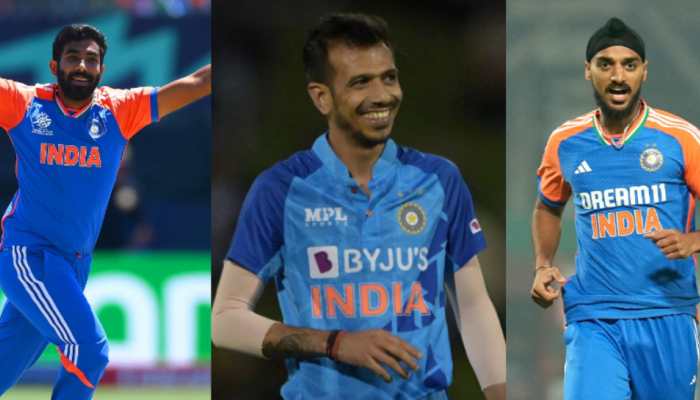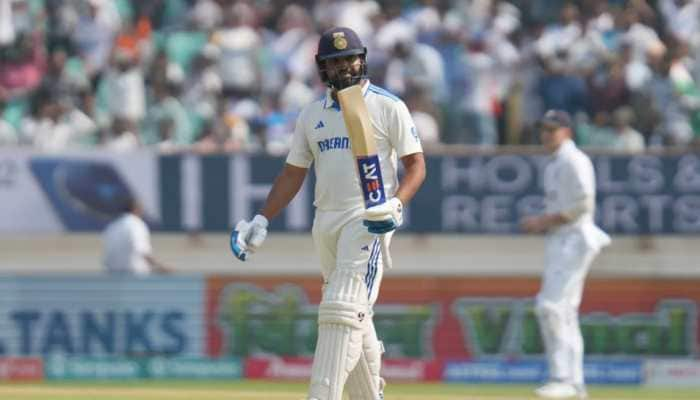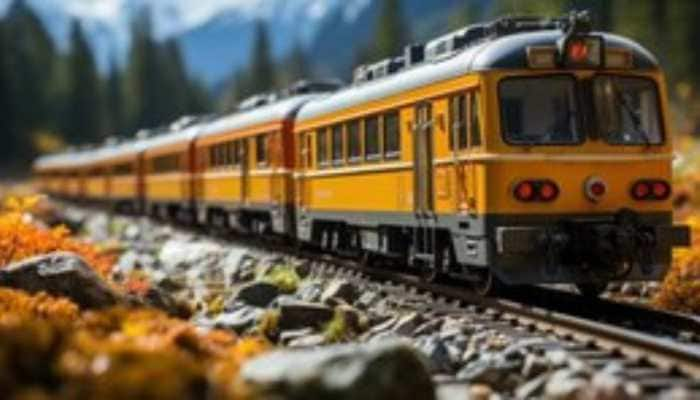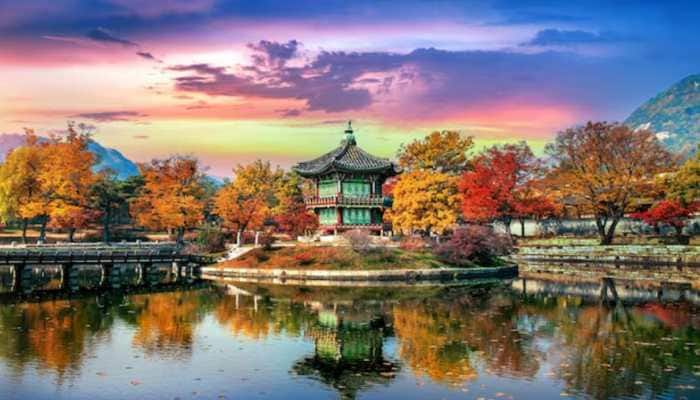Rock art goes haute at 45-day festival
Ancient rock paintings have come to the mainstream display space as fashionable haute art at the first International Rock Art Festival here.
Trending Photos
)
New Delhi: Ancient rock paintings have come to the mainstream display space as fashionable haute art at the first International Rock Art Festival here.
The 45-day festival at the Indira Gandhi National Centre for Arts was inaugurated by Vice President Hamid Ansari and union Culture Minister Chandresh Kumari Katoch Thursday.
The festival opened with an exhibition of rock art from Madhya Pradesh, Chhatisgarh and Orissa, the cradle of early art in India, dating between 4,000 and 12,000 BC. The exhibition has been mounted in a cave-like setting on the lines of Bhimbhetka, an archaeological world heritage site located in Raisen district.
Tracing the evolution of rock art into ethnic art, the exhibition is also displaying a selection of Saura art from Odisha, Warli art from Maharashtra and Rathwa art from Gujarat that have originated from the prehistoric cave paintings into refined compositions of aboriginal life on canvas.
The accompanying workshops have drawn scholars from 20 countries representing five continents, who will present reviews on researches in rock art in their respective countries by offering global insights into recent developments, challenges and problems through special lectures and conferences.
The academic sessions will focus on interpretation of rock art, content, context, chronology, cultural ecology and documentation and conservation.
"We need to understand the circular movement of our past and present, regional and global, party and whole, self and other, the surface and context in the rock art traditions of the world. Rock art has become a thing of the past for the younger generation because of negligence," said B.L. Malla, project director of the festival.
The vice president stressed the need for successful conservation to incorporate local area development through employment generation, boosting local crafts and arts, building of infrastructure, environment conservation and landscaping.
"A stronger partnership among different stakeholders, including local communities, awareness campaigns, capacity building and involvement of youth is of great importance for the attainment of this goal," Ansari said.
"As rock art in India is a living art tradition practised by several communities across the country, the conference will also focus on initiating a dialogue between the academia and the practising artists," Ansari said.
Member-secretary of IGNCA Dipali Khanna said the exhibition had created an awareness about rock art in the capital. "Many visitors, who poured in throughout the day, wanted to go to Madhya Pradesh. The biggest challenge is to get children to the exhibition. It is a mandate I have set for myself," Khanna told IANS.
The museum has been touch with 30 government schools across the capital to send students` delegations to the exhibition. "I have created a group of 20 young researchers - scholar guides- who will conduct curated walks in the museum. We are training them to explain rock art to visitors, who have no idea about the prehistorical art," Khanna said.
The young curator-guides have come from as far as South India, "They are all well educated and scholarly people without being technical. It will be the USP of IGNCA," she said.
IANS
Stay informed on all the latest news, real-time breaking news updates, and follow all the important headlines in india news and world News on Zee News.
Advertisement
Live Tv
Advertisement







)
)
)
)
)
)
)
)
)
)
